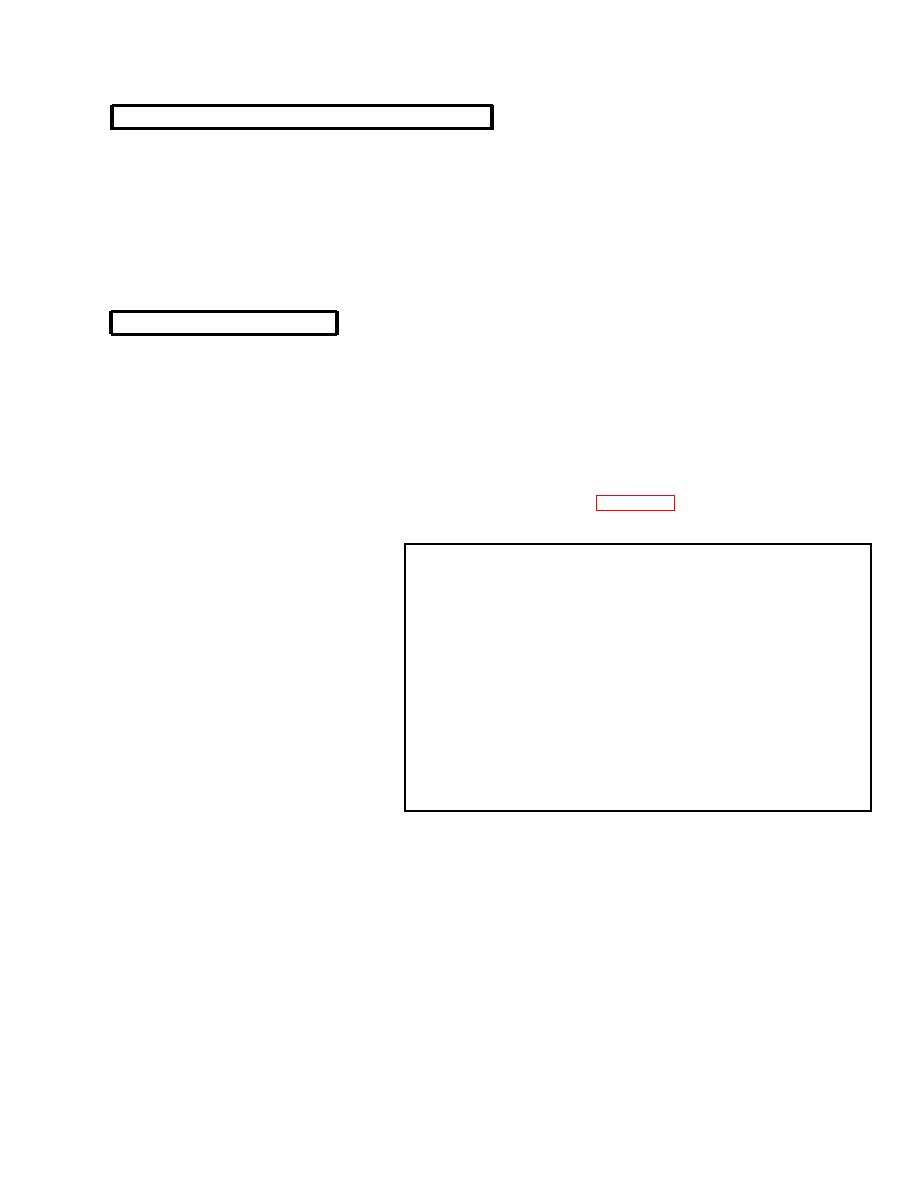 |
|||
|
|
|||
|
Page Title:
Limitations of SC Communications |
|
||
| ||||||||||
|
|  TM 11-5820-890-10-8
4.2b.
Limitations of SC Communications
LOCATING
When using the SC mode of communication, it is important to
remember that an enemy with direction finding capability can
pin-point your location. It may be necessary for you to move
frequently, or limit transmission times, to avoid enemy action.
JAMMING
In that the SC mode uses only one frequency at a time to send or
receive messages, the enemy may be able to jam your
communications fairly easily.
4.2c.
Required Usage
COLD START
To employ the Cold Start net opening procedure, it is necessary to use
the MAN channel for sending and receiving the electronic remote fill
(ERF) which contains FH data and sync time for frequency hopping
operations.
When an operator needs to enter an FH net and does not have the
CUE PROCESS
required FH data, or a radio with FH capability, it is necessary to "cue"
(press PTT) on CUE channel or frequency with COMSEC set to PT.
(For detailed procedure, see Figure 4-3, below.)
Calling operator sets CHAN to CUE; MODE to SC;
(1)
COMSEC to PT;
RF PWR to HI; presses PTT
Calling operator changes from PT to CT
(2)
immediately after pressing PTT
This procedure is repeated about every 15
(3)
seconds until answer is received.
Receiving NCS sees "CUE" in RT display.
(4)
NCS changes to CUE, responds in CT
(5)
NCS directs caller to change to MAN.
(6)
On MAN chan, in CT mode, NCS determines what
(7)
calling operator needs.
Figure 4-3. HOW TO "CUE" AN NCS
4-5
|
|
Privacy Statement - Press Release - Copyright Information. - Contact Us |